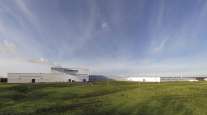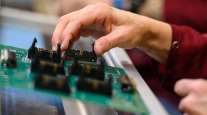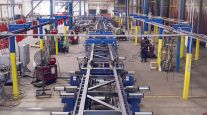Senior Reporter
Eaton Assesses 3D Printing for Production Parts
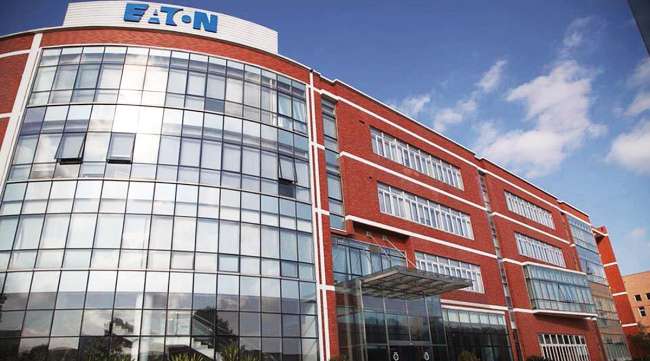
[Stay on top of transportation news: Get TTNews in your inbox.]
Eaton Corp. is evaluating 3D printing technology that could broaden the power management company’s application of it to include production parts, an executive said.
That comes as others in the commercial vehicle industry agree the additive manufacturing process, which experts say uses a printer to build three-dimensional objects by depositing material in layers based on a digital model, is changing fast.
“Everything that we have done so far has been on the internal side, which is looking for tooling, fixture quality, MRO [maintenance, repair and operation] supplies, or safety devices that we need,” Alexandre Georgetti, Eaton senior manager of manufacturing strategy for vehicle group, told Transport Topics.
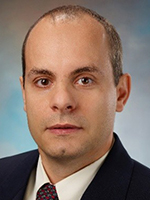
Georgetti
For production parts, he said Eaton is investigating binder jet technology and working with three vendors on that, but has not released what its plans are in this area.
Eaton’s commercial vehicle products include transmissions, clutches, and fluid and air conveyance solutions.
“Binder jet is what everyone in the commercial vehicle and automotive space is looking at over the next couple of years just because it will give you more speed and higher flexibility, and that is going to give us the right cost we need,” Georgetti said.
For prototypes in low quantities, a lot of companies are doing that with FDM (fused deposition material) technologies, he said.
3D printing technology is continually changing, with the focus now on speed, size, resolution, cost and material properties, agreed Jeff Zawacki, Hendrickson vice president of advanced technology.

Zawacki
“There are plenty of additive machines that can print small ‘show-n-tell’ prototypes, and they have a place in the world to help people visualize concepts, test fitment and things like that,” he said.
Hendrickson has begun using some of the stronger material systems for gauges and fixtures, custom manufacturing aids and functional prototypes, Zawacki said.
Hendrickson, a Boler company, manufactures and supplies systems and components for medium- and heavy-duty vehicles, including suspensions, axle and brake systems, plus tire pressure control systems and bumpers.
Markforged, a manufacturer of 3D metal and carbon fiber printers, has customers in the commercial vehicle industry that utilize the printers for tools used on the production line, including weld fixtures, driveline assembly fixtures and work-holding tools, said Daniel Lazier, strategic application engineer at Markforged.

A technician works on a part that was manufactured using a 3D printer. (Daimler)
“[The benefit of the process] is having more iterations to perfect these assemblies,” Lazier said.
Zawacki said Hendrickson continually monitors progress both in metal and plastic additive manufacturing for breakthroughs “that will allow us to make full-scale, functional parts with the material properties and finish required to go directly into service.”
One industry analyst said 3D printing technology would be a plus for aftermarket parts — such as brackets, latches and interior trim — as it could expand inventory without taking up shelf space or adding associated cost.
“The technology is only going to get better, with a the range of materials expanding and complexity of components that can be printed increasing. The commercial vehicle aftermarket will benefit from the learning process in other industries,” said John Blodgett, vice president of sales at MacKay & Co.
Daimler Trucks North America has reported it views 3D printing as an opportunity to better serve customers in need of parts that have been difficult to provide through traditional supply chain models, such as those for older trucks or parts with low or intermittent demand.
Looking ahead, Zawacki said if the costs and properties eventually align, “You could envision printing an entire suspension or chassis system as one part with optimized shape and material utilization.”
Want more news? Listen to today's daily briefing:
Subscribe: Apple Podcasts | Spotify | Amazon Alexa | Google Assistant | More


